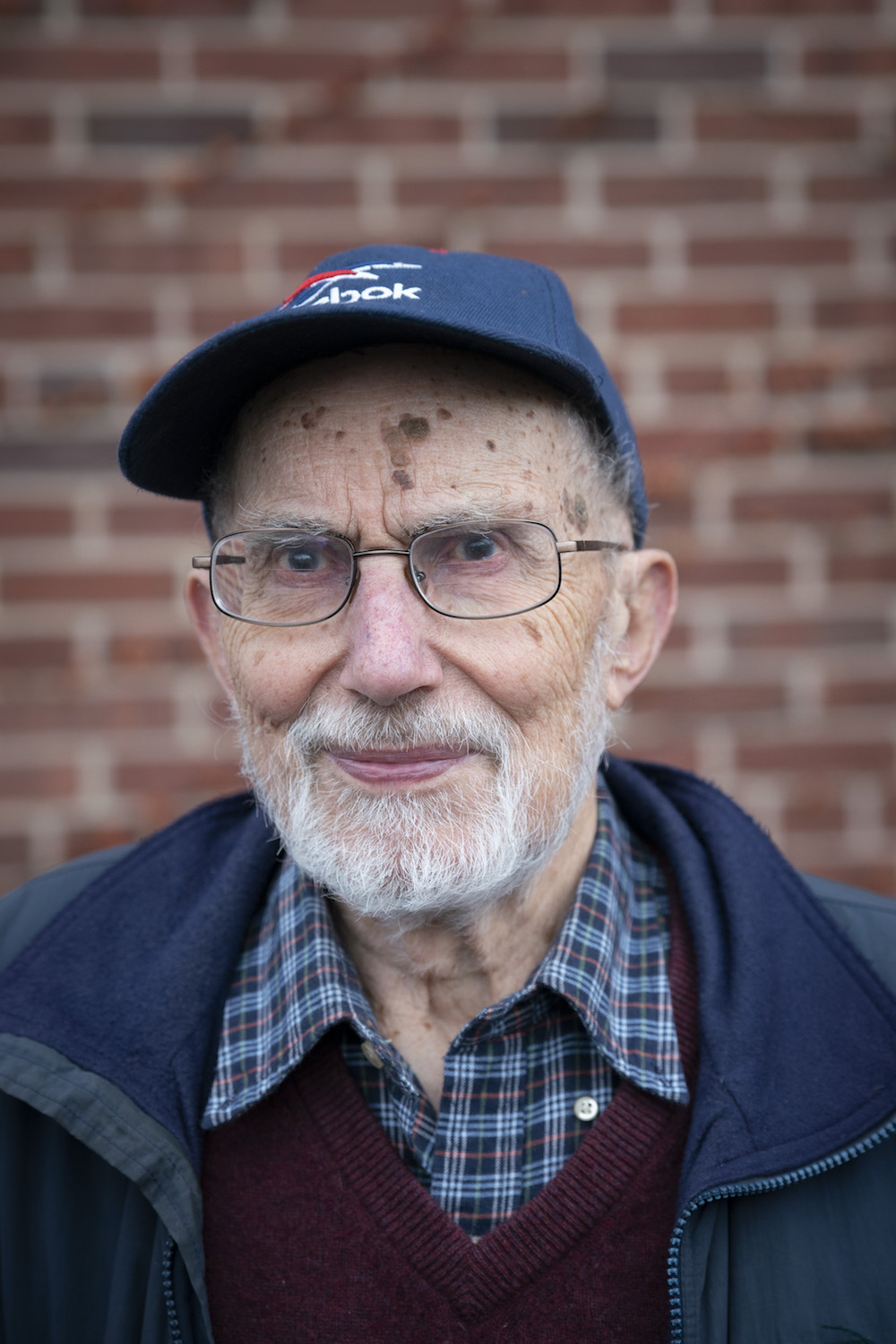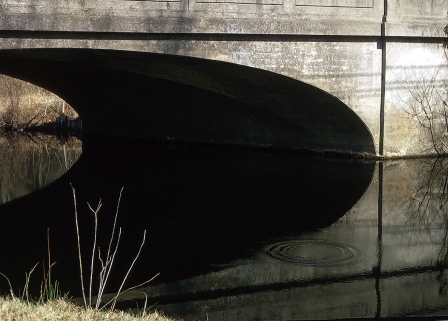Bob Burdick: My Photo History and Interest
I started photography as a teen. First using a 35mm camera with an internal image screen to help estimate exposure, I explored everything. Then using a black-and-white processing tank for developing negatives, and paper exposure from negatives, I made contact prints. Without an enlarger, I was the only one to enjoy images in that small size.
Still, I was a brave photographer. With my camera in hand, I took advantage of that role in social situations. I was free to record sports events, friends, and family events, then a school trip to Washington in my senior year. Long after others forgot these events, I could view positive contact images. However, without prints to see, nobody shared, nor cared.
Much later, married, with three children and a dog, we used slides to record our camping trips to Hattaras during spring breaks. We recorded all the family events as well. When children got bigger, in the 1970s, we made several week-long canoe trips in Algonquin Park in Canada. (The dog, too.) Slides that I stored in carousel trays for viewing are now available as digital folders.
In 1979 I attended a workshop in Vermont with Fred Picker and his team of skilled photographers. We learned to emphasize careful picture-taking, systematic development of black-and-white prints, and deliberate study of work in Fred’s gallery. We visited an old Vermont Meeting House with an adjoining cemetery. There each would set up his camera on tripod, invite suggestions from a photographer, and shoot the picture. My Old Meeting House print came from that experience. Back home in Syracuse, I made Old Cedar Tree in 1980 and it is still a favorite of mine. Paired with similar shots several years apart, that image now becomes the digital In Decline print.

Fred Picker encouraged us to consider view cameras for the future. Our careful selection of camera placement for a shot, trying alternate possibilities in a good setting, and systematic processing of prints were all basic view camera procedures. Of course, Fred made an excellent 4×5 folding view camera that some of us later owned. Fred was an excellent creator of photographic equipment and he also made darkroom items—for example, the print washer to drain hypo from the prints. The Community Darkroom purchased a couple of these when black-and-white work was popular.
Following the workshop, I set up enlarger, developing trays, washer, and dryer to create fine prints at home. Fred’s instructional video helped me produce strong black-and-white images.
At the same time, two men—Tom Bryant and Phil Block—began designing Light Work’s Community Darkroom in a basement lab at Syracuse University for Syracuse students and interested members of the public, who could join with a membership fee. Equipment and helpful advice were available. What an opportunity! I offered my 4×5 enlarger in lieu of fees, and promptly joined. Over the years the Darkroom has changed several times to grow with photo expectations: first expanding black-and-white facilities, then color processing, then digital processing and printing. Each change has brought new ideas and excellent equipment for members to use. And the galleries around the halls of Light Work have reflected the fine work of SU photo students, Light Work photographer guest artists, and others.
During those same forty years, and currently, I have been actively involved with the Syracuse Camera Club (sometimes in leadership positions), where many of us compete with prints, slides, and now digital images, where we win individual scores. Each year the club prepares an exhibition of best work in various local galleries. Once a month we attend a workshop learning session. In February 2020, we heard from Michael Davis, a well-known active photographer.
I’m still active in the Syracuse Camera Club competitions, offering choice images but seldom winning, and in the Community Darkroom where, as an Honorary member, I have access to the best photograph equipment and good friends to advise and assist me. Thus, I stay alive in my choice hobby.



